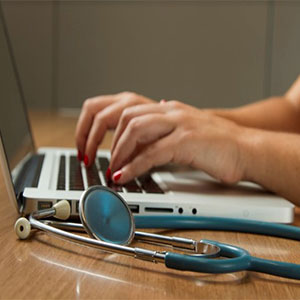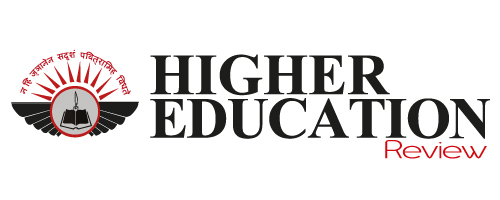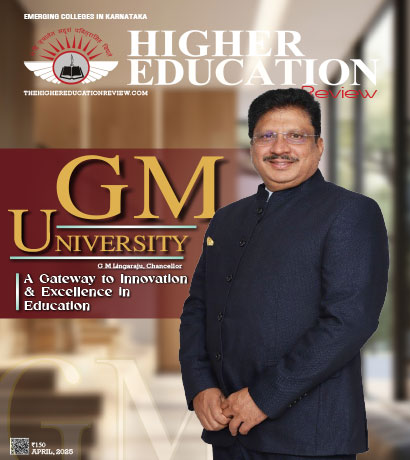How Technology Has Changed Healthcare Education
 Advancing technology has revolutionized various sectors, and healthcare isn’t an exception. In the last few years, modern innovations have transformed healthcare education and learning experience for students aspiring for careers in healthcare. For starters, the introduction of management software, such as Allied Health software, has made it possible for healthcare educators to manage student affairs. Similarly, current healthcare education isn’t confined to physical classrooms like before. Below are a few ways technology has changed healthcare education.
Advancing technology has revolutionized various sectors, and healthcare isn’t an exception. In the last few years, modern innovations have transformed healthcare education and learning experience for students aspiring for careers in healthcare. For starters, the introduction of management software, such as Allied Health software, has made it possible for healthcare educators to manage student affairs. Similarly, current healthcare education isn’t confined to physical classrooms like before. Below are a few ways technology has changed healthcare education.
1. Adoption of interactive learning tools
Technological advancements have led to the introduction of various interactive learning tools designed to improve the learning process. Augmented and virtual reality technologies have magically changed healthcare education. These technologies allow students to explore real healthcare situations in class.
Students can experience real-life surgical procedures, patient interactions, and medical emergencies from their classrooms. Mobile applications and computer-based modules also allow students to access learning materials, questions, and self-assessment tools. This allows learners to learn anywhere, anytime, and at their preferred pace.
2. Improved communication and collaboration
Advancing technology has also enhanced communication and collaboration among healthcare students, educators, and other related professionals. Digital communication platforms like email and video conferencing facilitate instant exchange of ideas, regardless of geographical barriers.
Technology also fosters collaboration among healthcare disciplines. Collaboration platforms allow medicine, nursing, pharmacy, and nutrition students to work on patient cases together. An interdisciplinary approach to learning improves students’ communication skills and general understanding of patient care.
3. Telemedicine and remote learning
Technology also powers telemedicine and remote learning for healthcare students. Webinars and online platforms provide convenient learning opportunities for healthcare practitioners looking to advance their studies. Healthcare professionals can acquire new skills from online courses without attending physical classes.
Telemedicine has also changed healthcare education. Video consultations and teleconferencing allow students to observe and participate in actual patient consultations and surgeries remotely. Observing real-time healthcare provision gives students valuable insights into patient care, bridging the challenging gap between classroom knowledge and practical skills.
4. Access to information
Technology has also enabled healthcare educators and students to access learning materials. Medical journals, academic repositories, and healthcare-dedicated online databases give learners unlimited access to clinical guidelines, medical literature, and research findings.
Access to this information ensures that healthcare students appreciate evidence-based practices in their classroom environment. Professional networking and social media platforms have also become valuable platforms for sharing insightful medical knowledge, educational resources, and case studies.
5. Gamification and simulated learning
The healthcare field benefits greatly from gamification and simulated learning. As the name suggests, gamification involves using game elements to motivate and improve the learning experience. Gamified online platforms and apps use various elements, such as rewards and leaderboards, to make healthcare learning enjoyable and interactive.
On the other hand, simulated learning provides students with realistic and hands-on learning experiences. Patient simulators and mannequins can be used to practice various clinical skills, especially in patient assessment and emergency response.
Endnote
Technology has bettered healthcare learning in many ways. Providing students with updated information, telemedicine, interactive learning tools, and remote learning has undoubtedly revolutionized how healthcare professionals acquire skills. Technology has also made it easy for healthcare educators to deliver instructional content.

